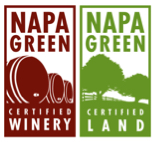
Our Vineyards
In 1968 the perfect spot to grow Cabernet Sauvignon was located in the Southwest corner of the Napa Valley right along Dry Creek.
This area is now designated the Oak Knoll AVA
(American Viticultural Area), and is one of the most
diverse growing regions in the Napa Valley. The
close proximity to the San Pablo Bay provides the
fruit with warm days and cool nights. It has a perfect
convergence of growing conditions, the mildest
climate in the Napa Valley, alluvial fan soils that provide the right balance of nutrients and stress, and the longest growing season, about 8 months, that results in full and complex flavor development in the grapes. The result is a lush, balanced and profound wine.
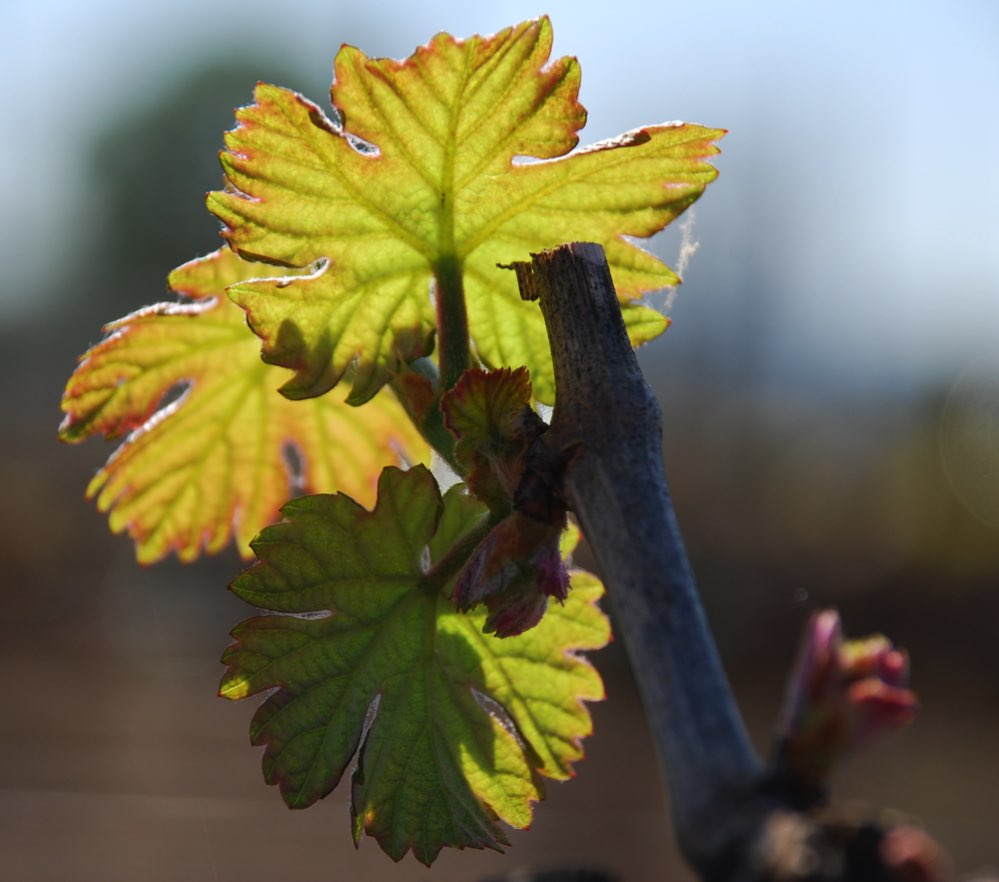
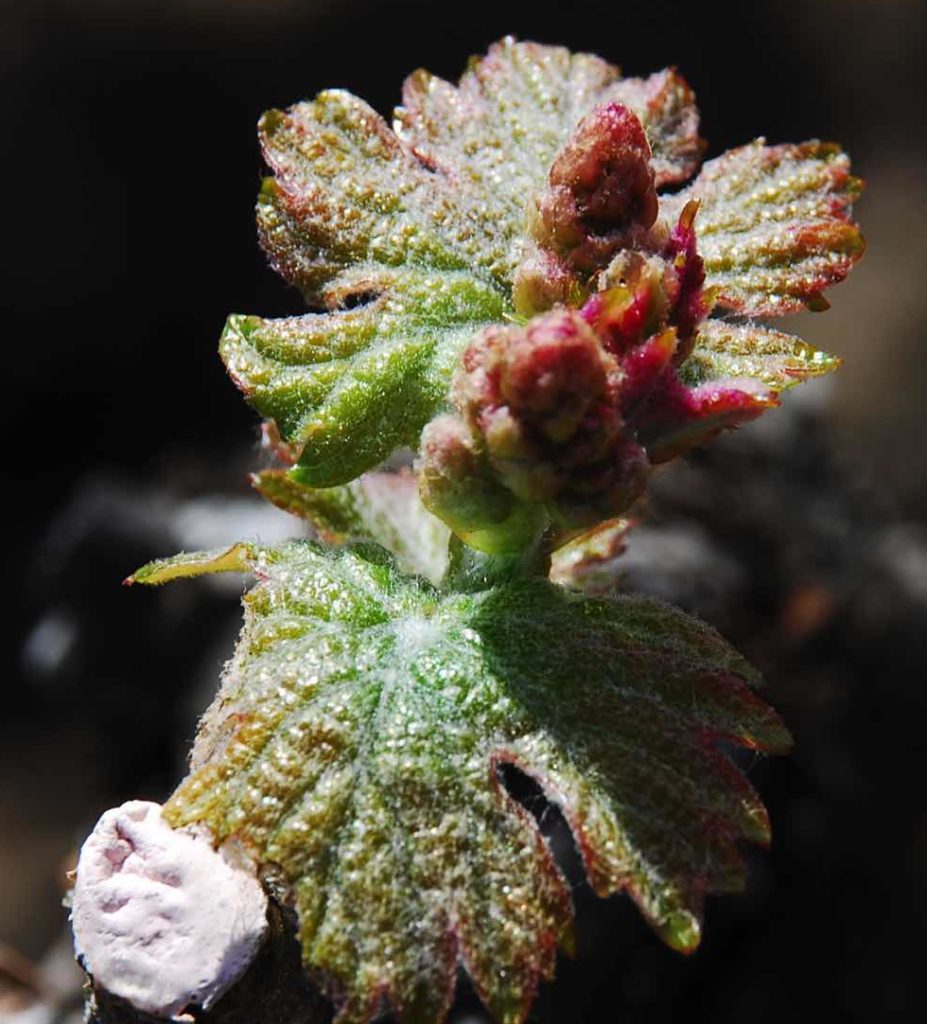
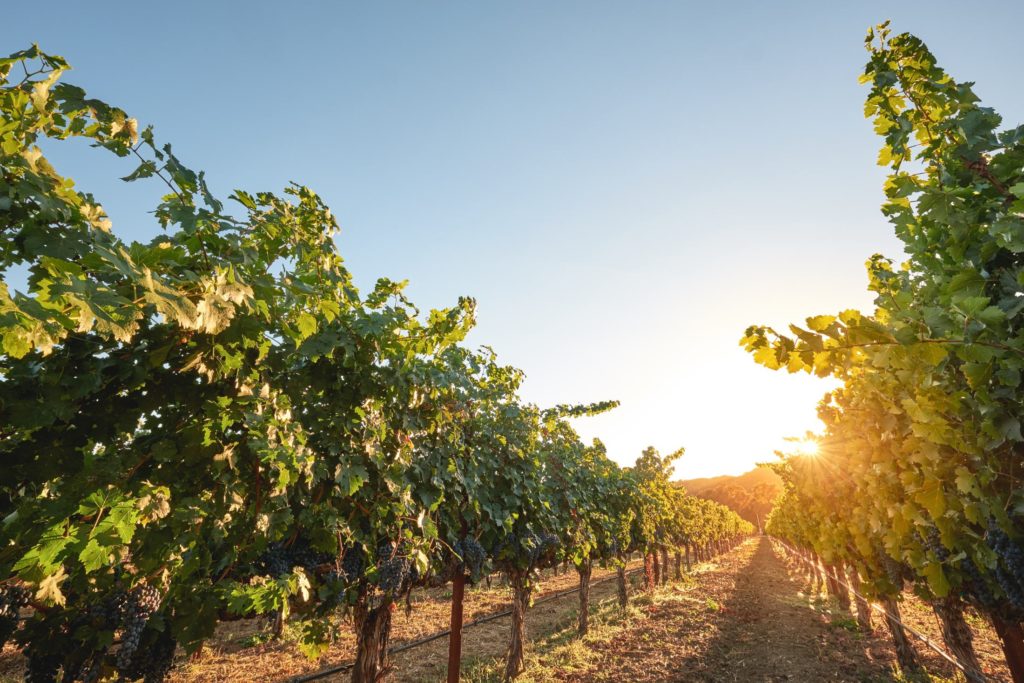
1970-2002
The land was originally home to a walnut orchard but had all the right characteristics to make world-class wines. The orchard was purchased, the walnut trees torn out, and vines were planted on St. George rootstock. As the vines grew and gained strength and maturity, a portion of the grapes were sold to Robert Mondavi Winery, Silver Oak, and Inglenook Winery from 1970 through 2002 and consistently ended up in their reserve wines.
1995
In 1995, the vineyards began to show the effects of phyloxera, a microscopic aphid that lives on and eats the roots of grape vines, and needed to be replanted on different, phyloxera-resistant rootstock. Robert Mondavi so loved the grapes from this vineyard that, at his expense, he offered his crew to assess the vineyard and help establish a replanting plan that would include the most appropriate rootstocks for the soils and the best Cabernet Sauvignon clones for the wine.
1997
In 1997, the first sections of the vineyard were replanted on 101-14 rootstock for Cabernet Sauvignon clone 337 and 15 and 1103P rootstock for clone 8. The following year the remaining sections were replanted on 3309 rootstock for clones 15, 4 and 337. These vineyards are still vigorous and are consistently producing the highest quality grapes year in and year out.
Farming Practices
Silenus Winery is committed to reducing our impact on the environment, both in the vineyard and at the winery.
Accordingly, over the years we have implemented farming practices to enhance the health and quality of our soils while mitigating our carbon footprint.
In 2018 the winery teamed up with the Napa County Resource Conservation District group to assess current farming practices and to aid in the implementation of a Carbon Farm Plan. Through this process the winery has refocused on the following practices:
- Ensure winter cover crop planting between vine rows covers at least 75% of the acreage. This cover crop helps reduce winter rain runoff, increase nitrogen regeneration in the soil, and turns in to compost in the spring and summer.
- Increase compost application on the vineyards in the fall to aid soil health.
- Mulch in the winter under and between the vines as much as possible.
- Reduce our spring tillage on alternate rows to improve soil health, reduce tillage along the perimeter areas to aid in soil water retention.
- Enhance the riparian corridor along the vineyards border with Dry Creek by increasing our vineyard setback, replacing non-native and invasive insect species host vegetation with California native vegetation.
All of the above actions will allow the vineyard to remain naturally healthy, improve grape quality and reduce the need for more aggressive farming techniques.
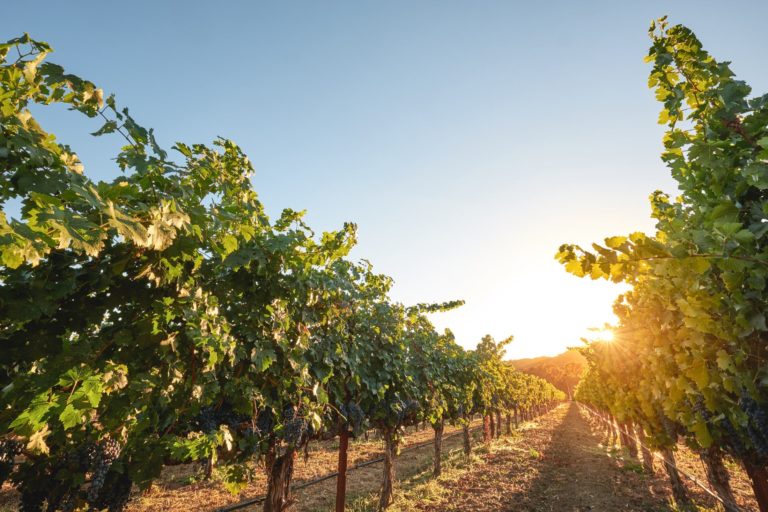
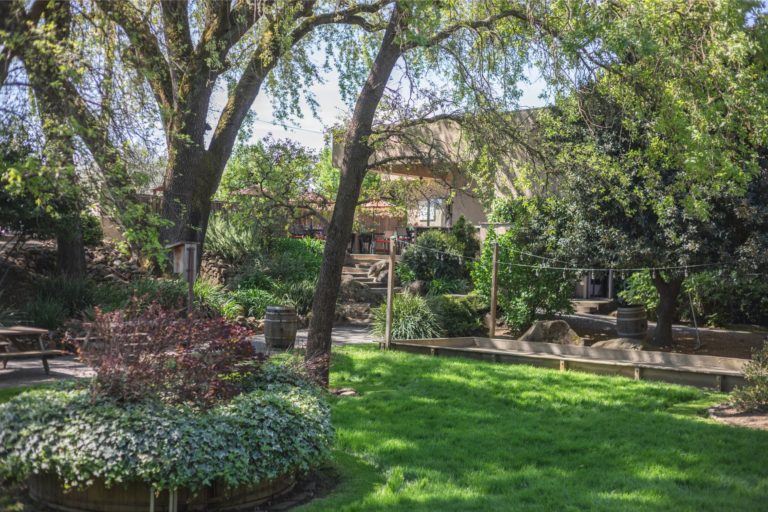
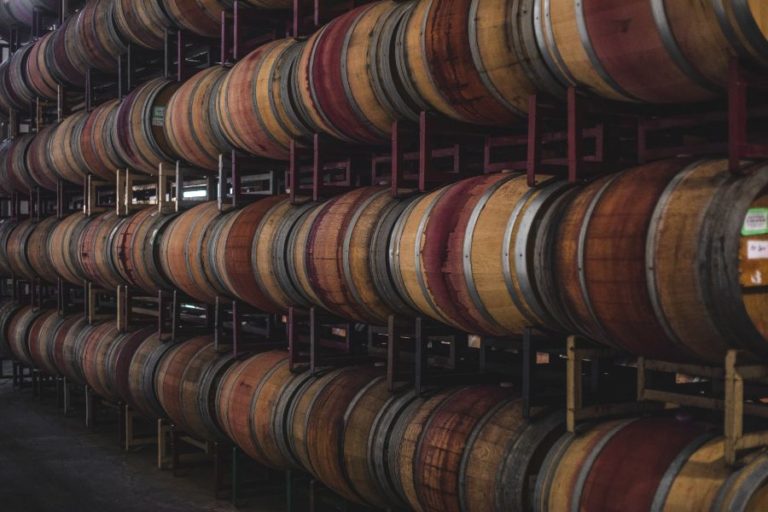
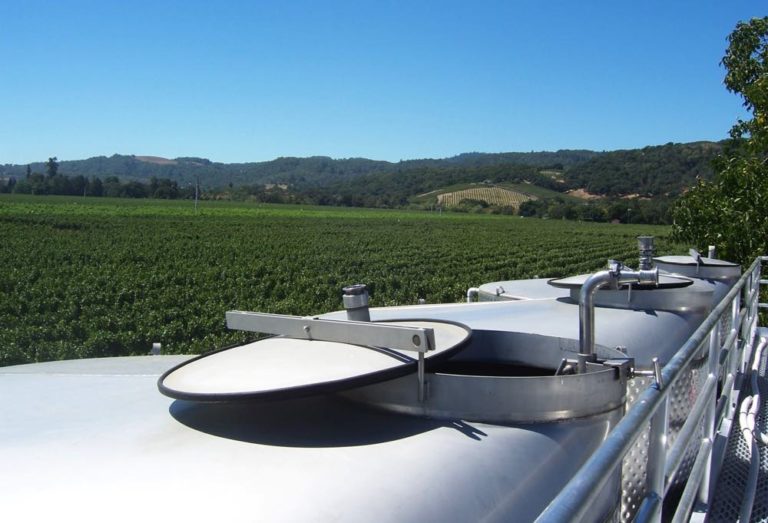
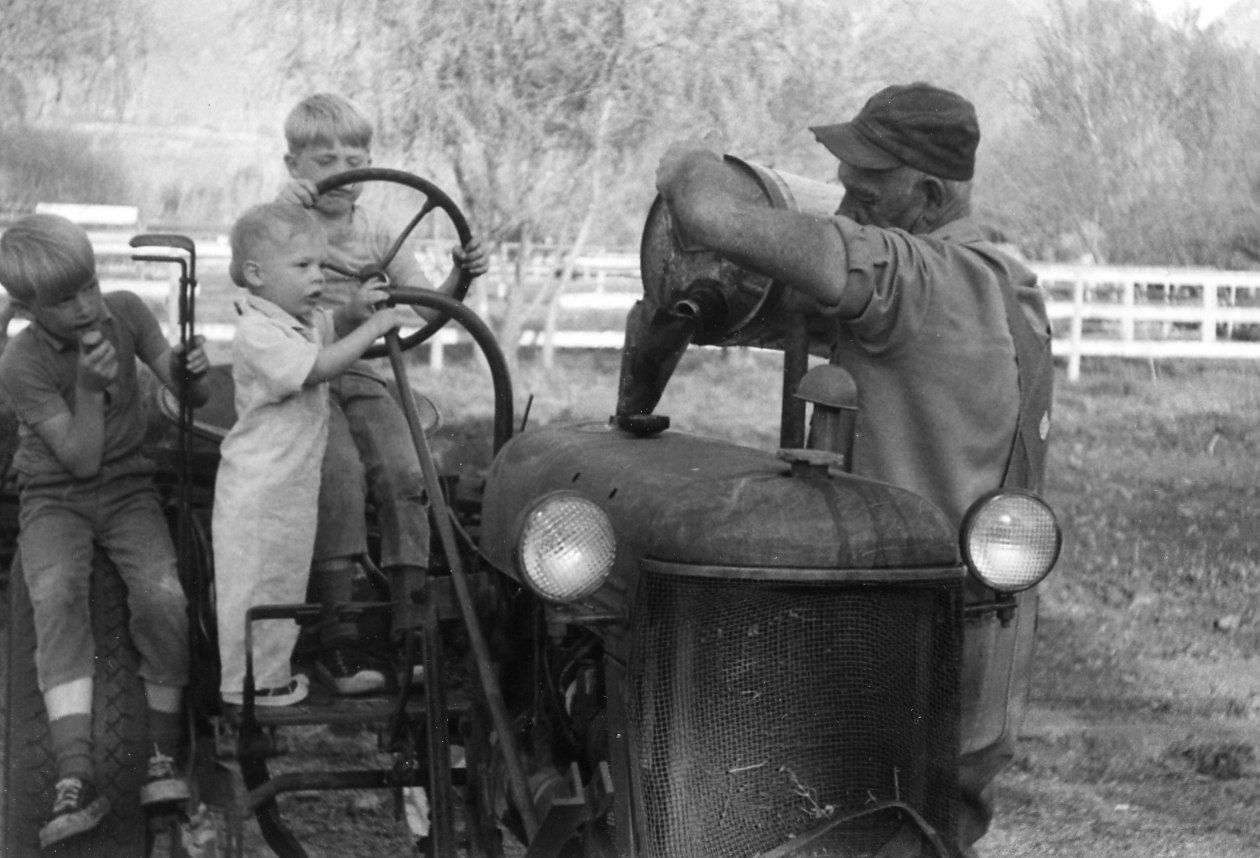
Our History
In 1968 the perfect spot to grow Cabernet Sauvignon was located in the Southwest corner of the Napa Valley right along Dry Creek.
I n 1968 a walnut orchard in the Southwestern corner of Napa Valley, in the Oak Knoll District, was converted to Cabernet Sauvignon vineyards and the roots of Silenus Winery were firmly established.
The choice of locating in the Oak Knoll District (OKD) was very deliberate. The OKD lies at the southern end of the Napa Valley where the growing season is longer, providing early bud break and a long, leisurely growing season for optimal, balanced
ripeness. The cooler nights and slowly rising daytime temperatures create a naturally long hang time for fruit to achieve bright acidity, great texture, fruit-forward aromas and elegant flavors.
Through the 1970’s the grapes from this vineyard were sold to Silver Oak, Robert Mondavi, and Inglenook wineries and consistently ended up in their reserve wines. Exactly as anticipated given the vineyard’s location.
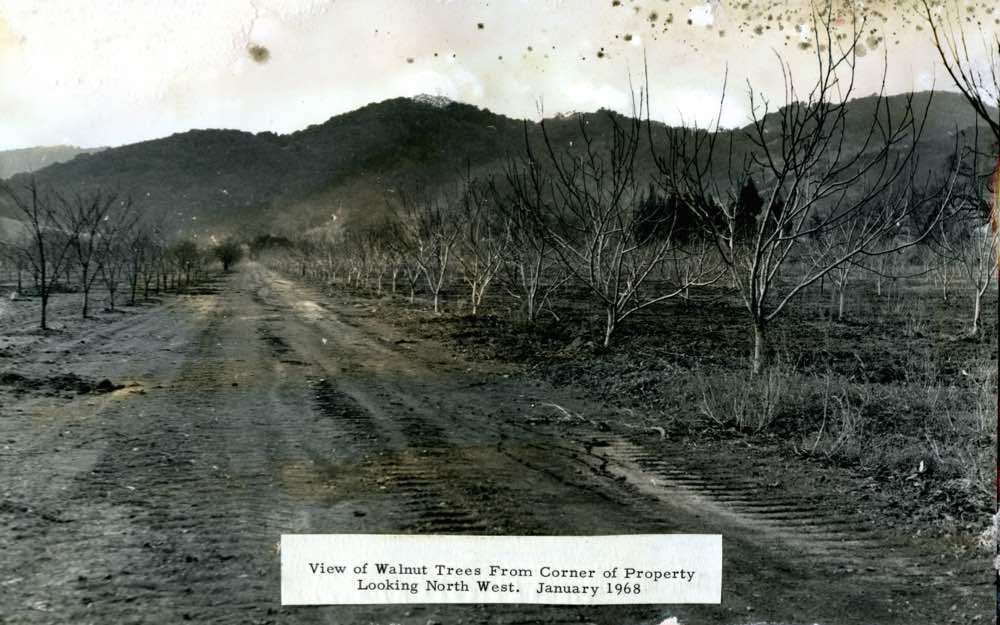
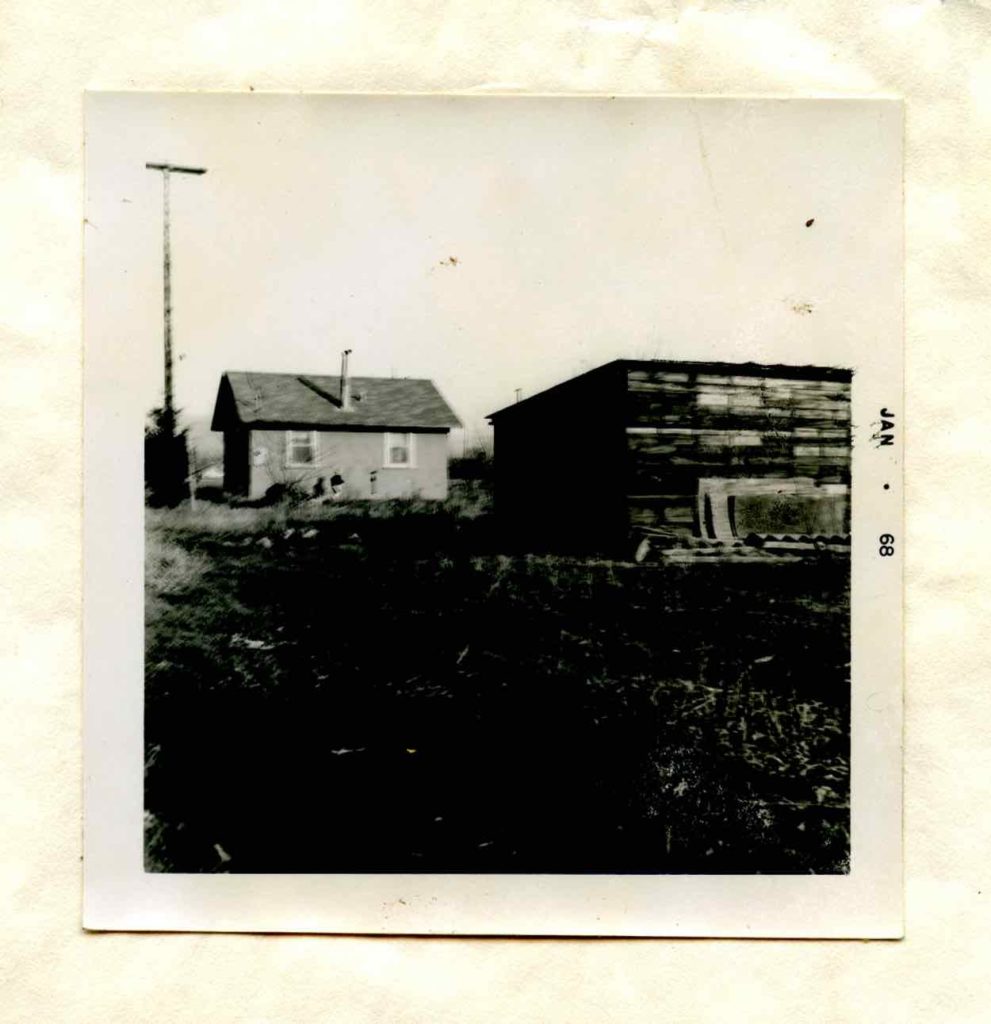
Realizing the stellar-quality wine this 20-acre vineyard produced, the Newlan’s, the owners at the time, built their own winery and with the 1980 vintage began producing their own award-winning wines. In 2001 the ownership changed and in 2008 the first vintage of Silenus Wines was introduced. Even with these changes the vineyard has stayed the same
and continued to produce the same wonderful wine.Silenus Wines are now available worldwide. We sell our wines within the United States, Canada, UK, Japan and China and are developing more markets every year as production and our vineyard allows. Even so we remain committed to crafting wines the showcase our vineyards in the OKD and Napa Valley.


